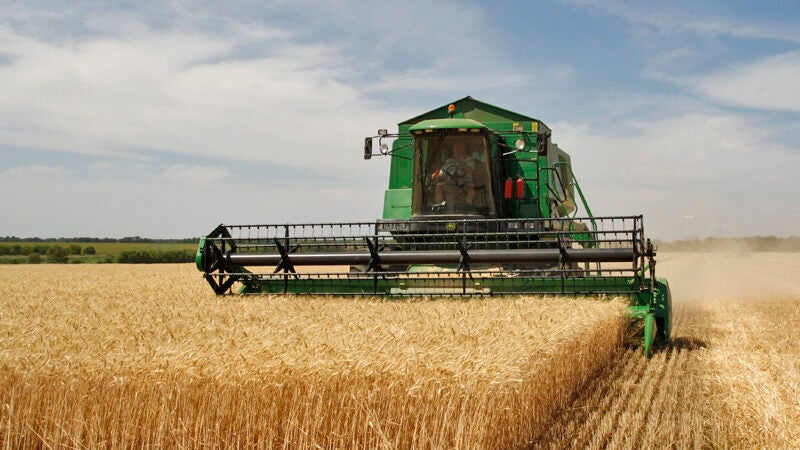The war in Ukraine triggered a surge in commodity prices. In the weeks after its onset, oil prices rose by over 30% and European natural gas prices by more than 60%. Food and metals prices also spiked (Graph 1, left-hand panel). These increases came on top of substantial price gains in 2021, moving prices well above pre-pandemic levels. Although prices have since retreated somewhat, they remain high by historical standards. As the war continues, the outlook for commodity markets is remarkably uncertain.
Rising commodity prices went hand in hand with the threat of major supply disruptions. Russia and Ukraine are significant in many commodity markets. Together, they account for over 10% of global wheat and oil production, and more than 20% of the world’s natural gas. Russia also supplies metals used to manufacture aircraft, cars and computer chips (Graph 1, right-hand panel). A shortage of these metals could lead to an intensification of bottlenecks. Already, the war has disrupted agricultural supply chains. Such disruptions could multiply, not least due to the destruction of crops and physical infrastructure. Meanwhile, additional sanctions on Russia could further crimp the supply of energy commodities, at least to some markets.
High and volatile commodity prices pose significant risks to the global economy. The effects will be felt on both inflation and growth, and will fall unevenly across countries, depending on whether they are exporters or importers of affected commodities and how higher prices affect household and corporate income. On net, higher commodity prices are likely to erode growth and lift inflation in the short term. Whether the world economy sees a repeat of the 1970s – when rising oil prices contributed to the most pronounced stagflationary episode of modern times – depends on how long the commodity market disruptions continue, and whether macroeconomic policy manages the fallout more successfully than in the past.

